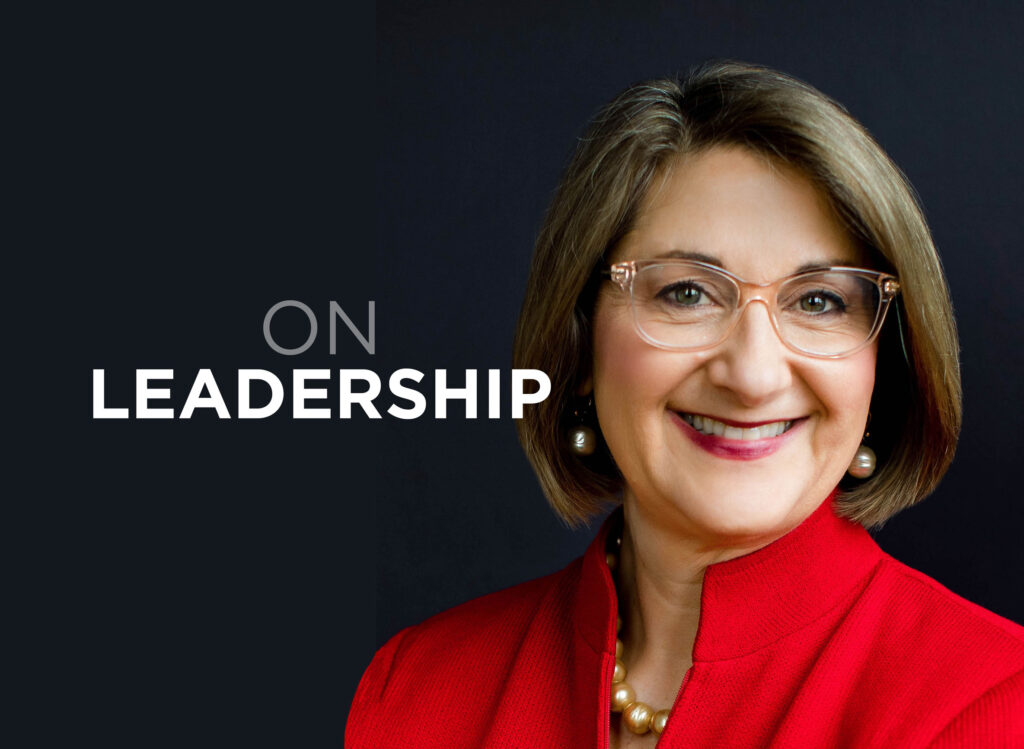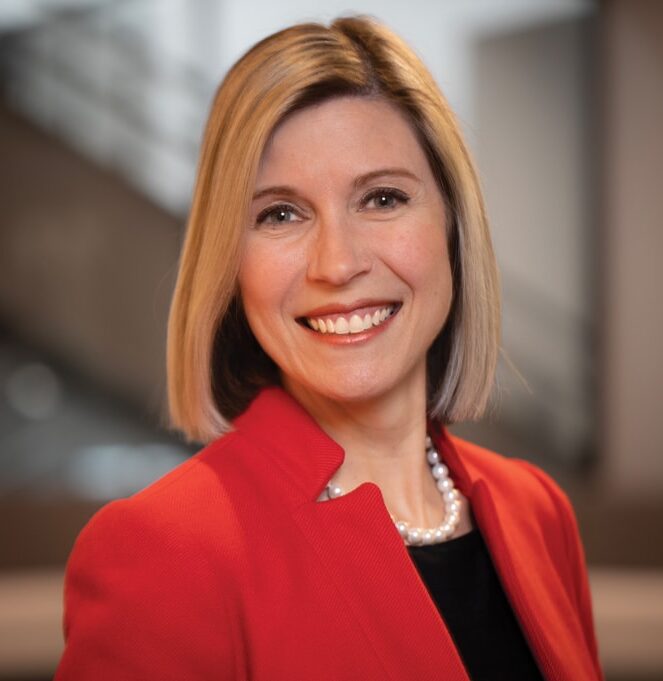Guest Opinion: Getting women on board
|
BY SONIA ASHE | Fund development coordinator, Young Women’s Resource Center
Recently I decided to crunch some demographic data around female representation on boards in Iowa.
It was no surprise to find that within 20 leading local nonprofits in Central Iowa, women make up 47 percent of board members. Female leaders have long played a tremendous role boosting the quality and stability of nonprofit initiatives that support children, the arts, the environment, social services and more.
In comparison, women make up only 22 percent of corporate governance boards for the top publicly owned corporations in Iowa. When I shared this statistic with a few friends and family, the unanimous response was, “Wow, I didn’t think the number would be that high.”
It is true that 22 percent ranks corporations in Iowa slightly higher than the national average of 19 percent, and even better in comparison to the 17 percent of women representing Fortune 500 companies based in the United States.
However, I have a hard time celebrating that two out of every 10 corporate board members are women.
In 2012, executive search firm Spencer Stuart did a survey of U.S. corporate board members, in which 80 percent agreed that diversity in the boardroom “generally results in increased value for shareholders.” More recently, a survey by the Center for Talent Innovation found that 77 percent of women indicated they wanted to invest in companies that are diverse at the top.
So why is there still such a wide gap? Some argue that women tend to take fewer risks. However, if more diversity encourages more contentious and comprehensive discussions, stockholders will ultimately benefit from more diligent decision-making at the top.
The question of what to do in order to address the problem seems pressing. A few ideas:
More important, as women, we need to be preparing ourselves to take on leadership roles and to demand consideration. Equitable leadership at local publicly owned corporations is not impossible. Currently, Alliant Energy Corp. is leading the way in Iowa with 55 percent female representation on its board and Patricia Leonard Kampling steering the ship as chairman of the board.
It’s time other publicly traded companies followed suit.
Sonia Ashe is an Iowa native and a champion for women’s leadership. She works as fund development coordinator for the Young Women’s Resource Center. In addition, she is on the management team for Junior League of Des Moines and a current board member of the Young Nonprofit Professional Network Des Moines. Ashe recently participated in GDMLI Community Connect and is looking forward to furthering her leadership skills through the Drake MPA program this fall.
CONNECTION POINTS
|







